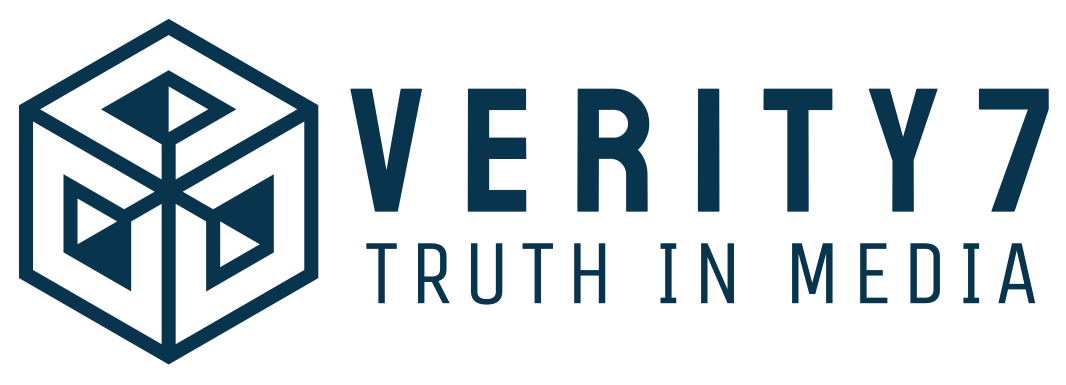From Employees to Guardians
In the digital age, the dissemination of information has become both rapid and ubiquitous. Unfortunately, this convenience has also given rise to the alarming spread of disinformation and misinformation. Large media organizations, often at the forefront of news and public discourse, are particularly vulnerable to the damaging effects of false narratives. The solution? Anti-disinformation training—a powerful tool that transforms media professionals into guardians of truth in an increasingly complex information landscape.
Navigating the Disinformation Maze
Media organizations hold a critical responsibility: to inform the public accurately and ethically. Yet, the surge of disinformation poses challenges that can undermine this core principle. Journalists and media profes-sionals must navigate through a maze of false claims, misleading images, and manipulated videos to uncover the truth. Anti-disinformation training equips them with the skills to detect disinformation tactics and discern credible sources.
Fact-Checking and Ethical Reporting
The integrity of media organizations relies on factual reporting and adherence to ethical standards. An-ti-disinformation training hones the fact-checking abilities of journalists, enabling them to verify information before it reaches the public. By instilling a culture of rigorous fact-checking, media organizations can maintain their credibility and prevent the spread of falsehoods.
Preserving Credibility and Trust
Credibility is the currency of journalism. In a world inundated with information, audiences turn to reputable media sources for reliable news. Disinformation threatens to erode this credibility, leading to a loss of public trust. Anti-disinformation training empowers media professionals to uphold the principles of accuracy and transparency, reaffirming their role as trusted sources of information.
Combatting the Consequences
The consequences of disinformation are far-reaching. False narratives can incite panic, influence elections, and sow division within societies. Media organizations, armed with anti-disinformation training, play a vital role in combating these negative outcomes. By arming themselves with the knowledge to identify and counter disinformation, media professionals contribute to a more informed and cohesive public discourse.
Conclusion
Large media organizations wield immense influence in shaping public opinion and discourse. In an era where information is both abundant and vulnerable to manipulation, anti-disinformation training emerges as a powerful safeguard. By investing in training that emphasizes fact-checking, ethical reporting, and vigilance against disinformation, media organizations ensure that they remain guardians of truth, preserving their credibility and fulfilling their vital role in an informed and enlightened society.





